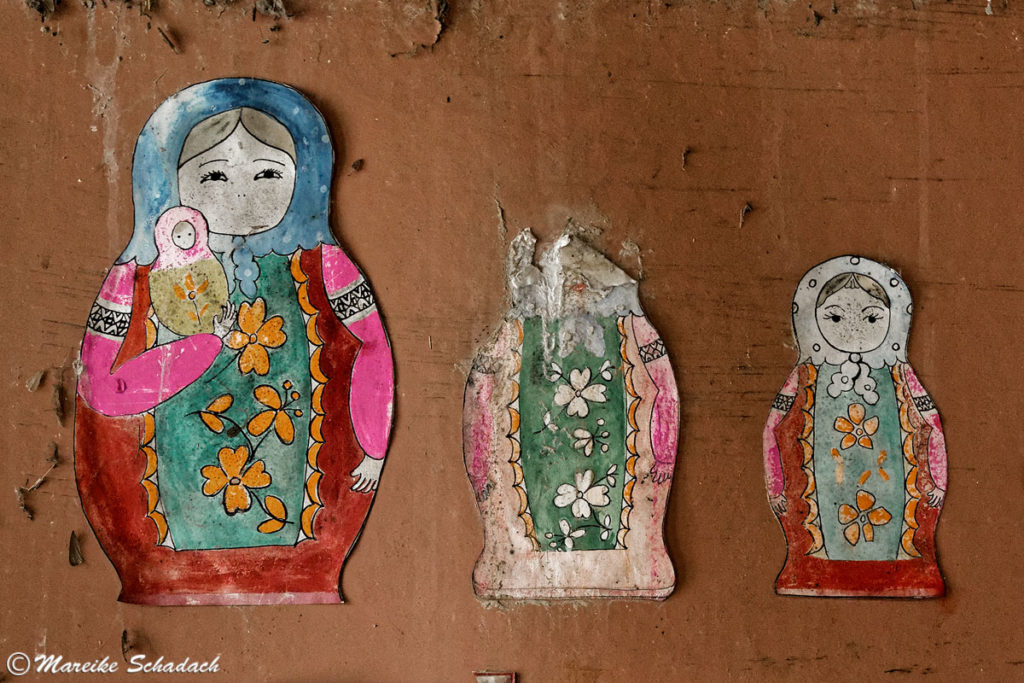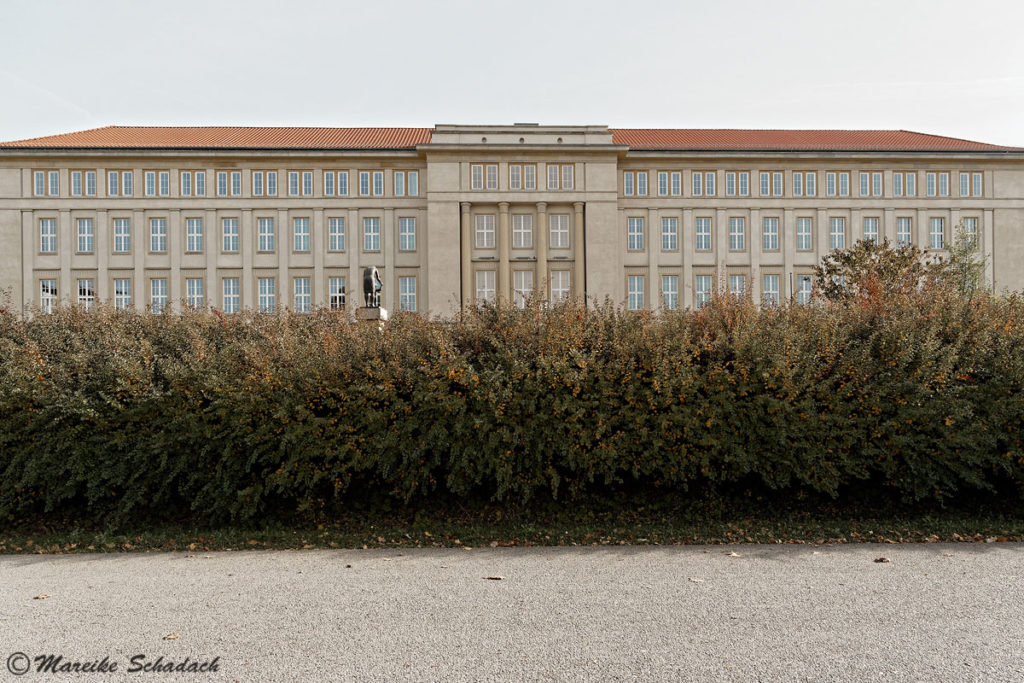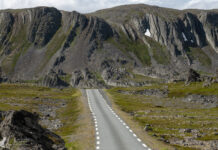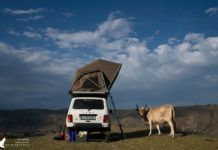Estonia, Latvia, Lithuania. Three countries and three different stories. But the three countries in the Baltic States have one thing in common. For they once belonged to the Soviet Union. Even today you can still find traces from this time in many places. And some of them I would like to show you now. In my following article I will give you a few tips where you can still discover relics from the Soviet era in the Baltic States.
Unsolicited, unpaid advertising.
Linnahall in Tallinn, Estland
Linnahall used to be called the "Lenin Palace of Arts and Sports". Because the huge building was erected in 1980 for the Olympic Games in Moscow. Inside the concrete monster also hides a concert hall. However, this has been closed since 2009. On the outside, wide stairs and walkways lead to the roof of the remarkable building. Some parts of the building are even still in use. But nowadays there can be no talk of a palace anymore. Nevertheless, the Linnahall is gladly visited by tourists and just as gladly photographed. Because with its grey concrete facade, the colourful graffiti and the monumental architecture it is an impressive relic of the Soviet Era.


Limestone Quarry in Rummu, Estonia
Marble was mined in the Rummu opencast mine from 1938 to 1991. The stone was then processed into steps and gravel in the Vasalemma lime and marble factory. During these years the inmates of the neighbouring Murru prison were used as workers. With the end of the Soviet era, however, open-cast mining was abandoned. As a result, the pit filled up with water and several factory buildings were flooded. Next to the lake, a photogenic gravel pit also bears witness to those times.
However, with the end of the Soviet era, the open pit mine was abandoned. As a result, the mine filled with water and several factory buildings were flooded in the process. Next to the lake, a photogenic gravel pile also bears witness to those times.
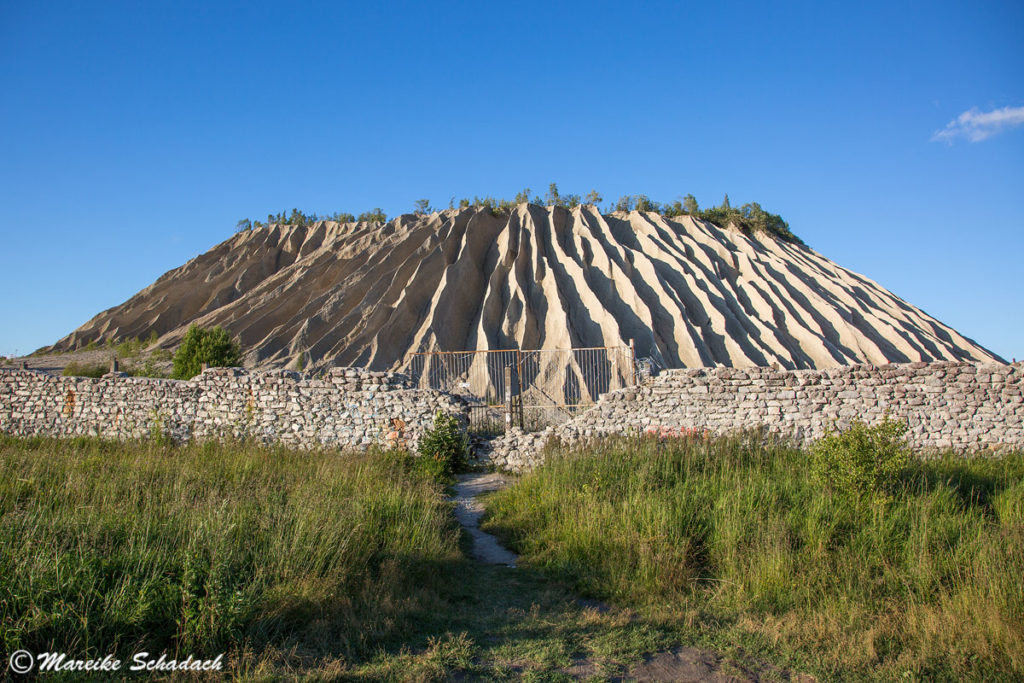
However, the area is officially closed. But also from the opposite shore you have a good view of the ruins.

Watchtowers at Cape Kolka, Latvia
Cape Kolka separates the Gulf of Riga from the Baltic Sea. From here it is not far to the Swedish coast. Therefore, Cape Kolka was a restricted military area during the Soviet era. For this reason there were more watchtowers around Cape Kolka than in other places. And some of them are still standing and remind us of times gone by. One of them stands in the dunes on the beautiful sandy beach off Mazirbe.
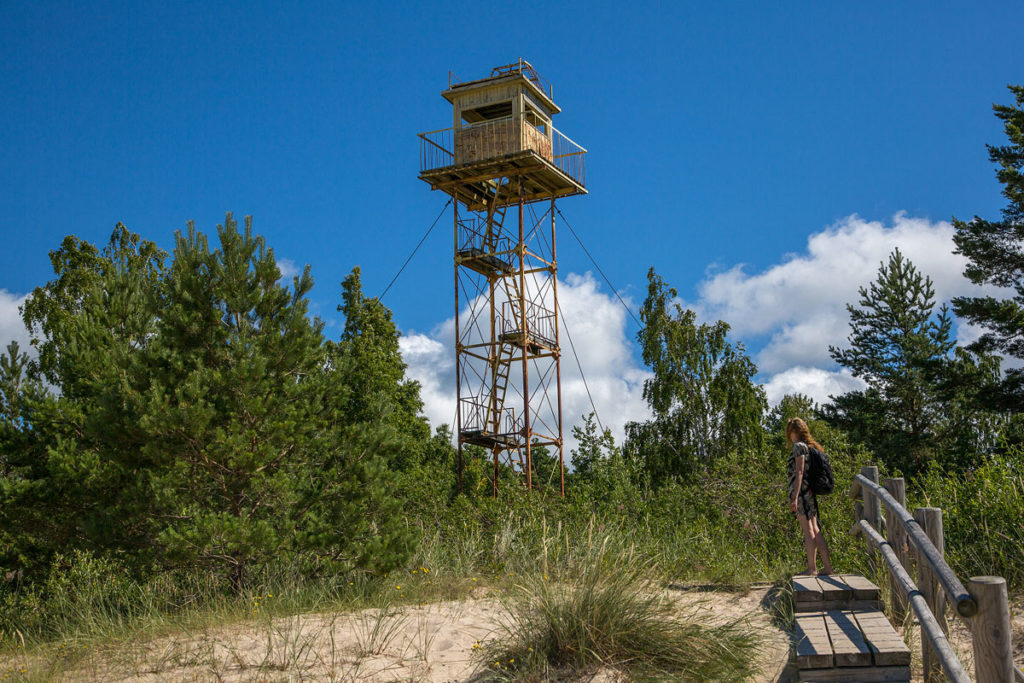
Boat Graveyard Mazirbe, Latvia
Have you ever stumbled over boats during a walk in the woods? Here in Mazirbe that can happen to you. Because here the remains of several fishing boats lie in the forest and rot away. On some of them even the names of the boats are still recognizable. Others, however, have only a pile of wood left.

And why are the boats hidden here in the forest? The Soviet border guards feared that people were settling on the Swedish coast. So fishing was banned and the boats were "secured" in the forest. Only with a special licence were individual fishermen allowed to do their work with their boats.
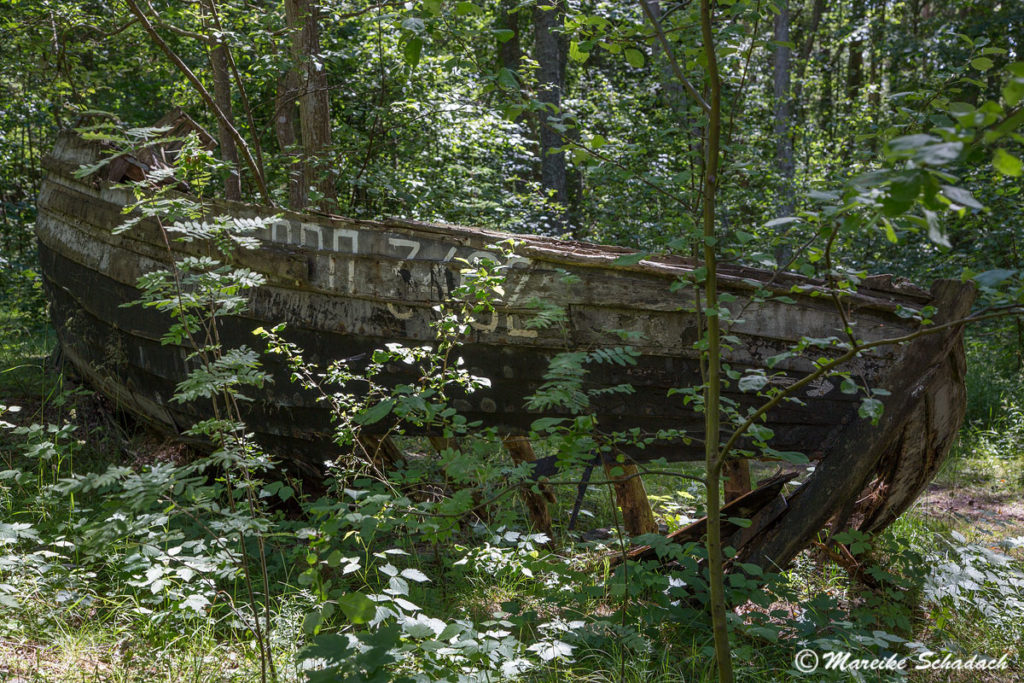
Radio Telescope in Irbene, Latvia
The Radiolelescope R-32 in Irbene is the eighth largest parabolic antenna in the world with a diameter of 32 metres. It was built by the Soviets in 1980 together with two other installations. With these parabolic antennas, the Soviets intercepted Western satellite transmissions.
Today the antenna belongs to the International Radio Astronomy Centre Ventspils (virac) and is used for research. The antenna can even be visited during guided tours. However, you have to book at least three days in advance. You can find more information here.

You can reach the parabolic antenna via a narrow road, 24 kilometres north of Ventspils. The road will also take you past several abandoned residential barracks.

Orvydas Garden, Lithuania
In front of the entrance to Orvydas Garden there is an old Soviet tank. The cannon barrel is directed towards the entrance of the garden. Because Orvydas family was persecuted by the Soviets. The access to the garden was blocked off at that time.

Hidden behind the garden wall lies a paradisiacal idyll. Sculptures, crosses and memorial stones are overgrown with trees and flowers. This magical place was created by the stonemason Orvydas and his son in the 1960s. Because at that time the Soviet head of government Khrushchev banned religious symbols. For this reason the stones and figures were brought here from the Salantai cemetery. Thus they were saved from destruction.

Nuclear Missile Base, Lithuania
In the past, nuclear missiles aimed at Western Europe here. But today, the Cold War Museum here about times past. Times when schoolchildren learned how to behave in case of an attack with nuclear missiles. By means of vividly prepared colorful wall posters. This museum in the former rocket base Plokštinė makes you think. Especially the view into the interior of a rocket shaft I had to process for a while afterwards.
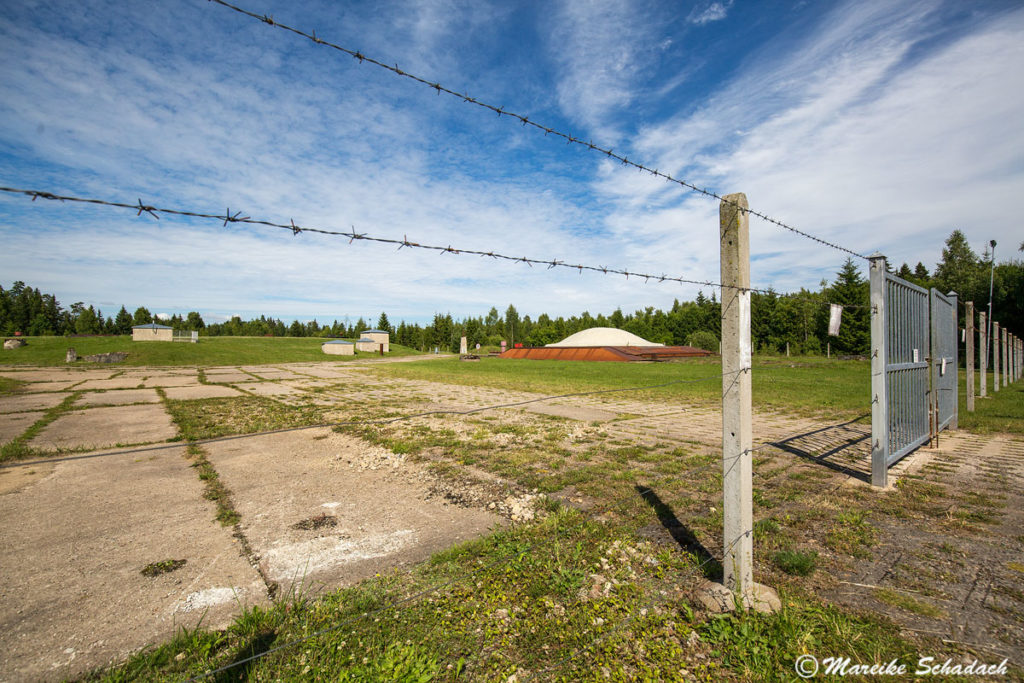
A visit to this museum in this special place should not be missed on your tour of the Baltic States. It is also located in the middle of the Žemaitija National Park. Here you will find many nice places for a break or an overnight stay to process what you have seen.

Further Relics from the Soviet Era in the Baltic States
There are many other relics from the Soviet era in the Baltic States. Unfortunately our road trip in the Baltic States was limited in time and we could not visit all places. But maybe you have some more time and can discover more. There are for example:
- The Hotel Viru in the skyscraper with the KGB spy center in Tallinn
- The coastal town of Sillamäe in Estonia with Stalinist architecture and a former factory for uranium processing
- "The Pension", a top secret Soviet-Era fallout shelter in Ligatne, Latvia
- The village of Visaginas with Soviet housing silos for the workers of the former nuclear power plant Ignalina, Lithuania
- The The Hill of Crosses in Šiauliai as a symbol of Lithuanian resistance to Soviet rule
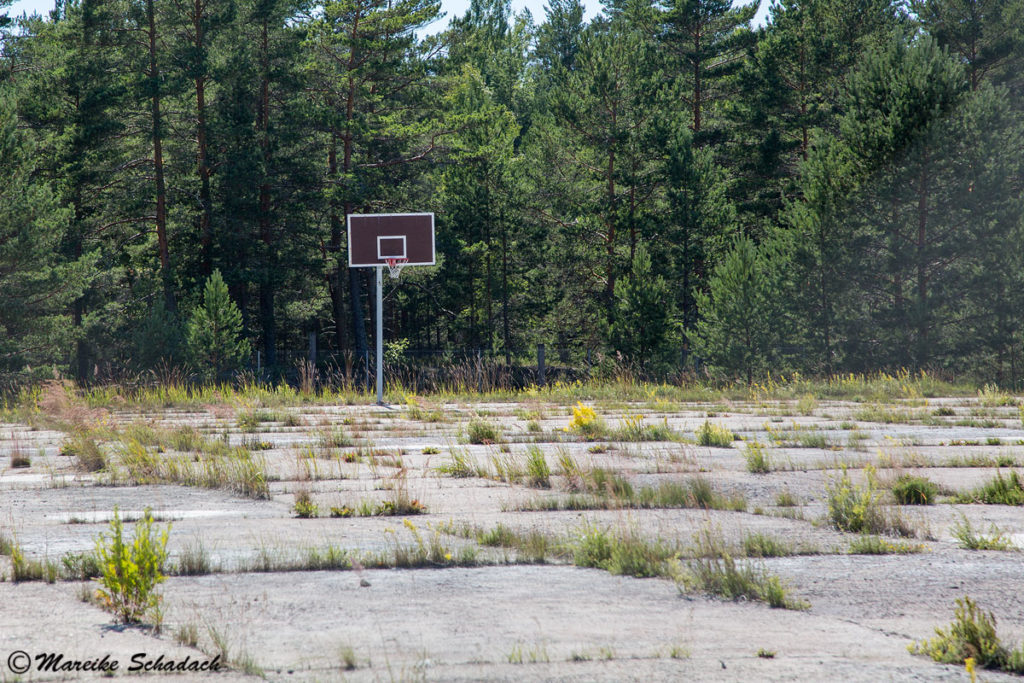
You've seen enough Soviet-era relics here in the Baltic States now? Then how about a walk on the moors? Estonia is famous for its raised bogs - here you can read my Article about the Soomaa Bog.
Can you think of any other relics from the Soviet era in the Baltic States? Or do you have a question about my article? I am looking forward to your tips and comments.

